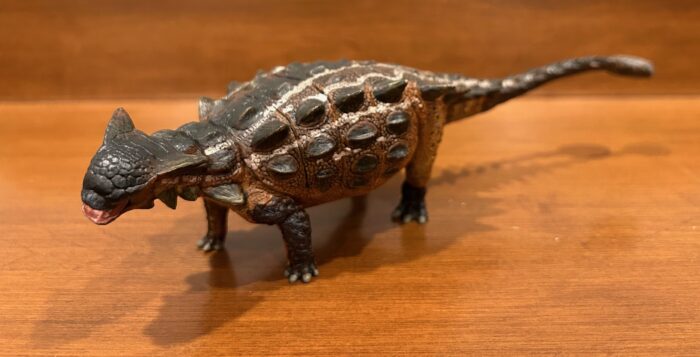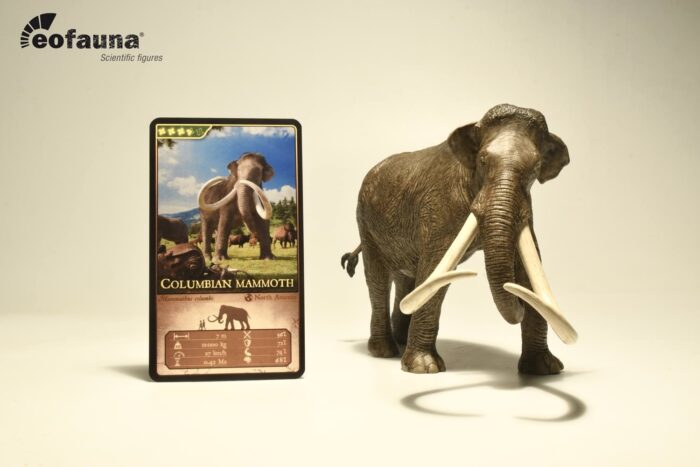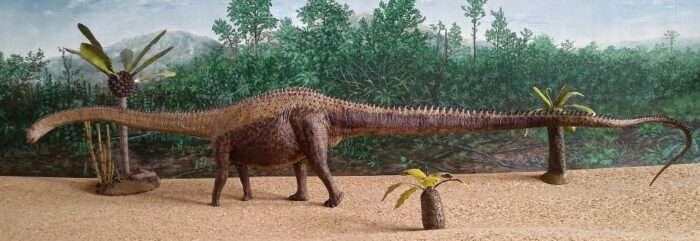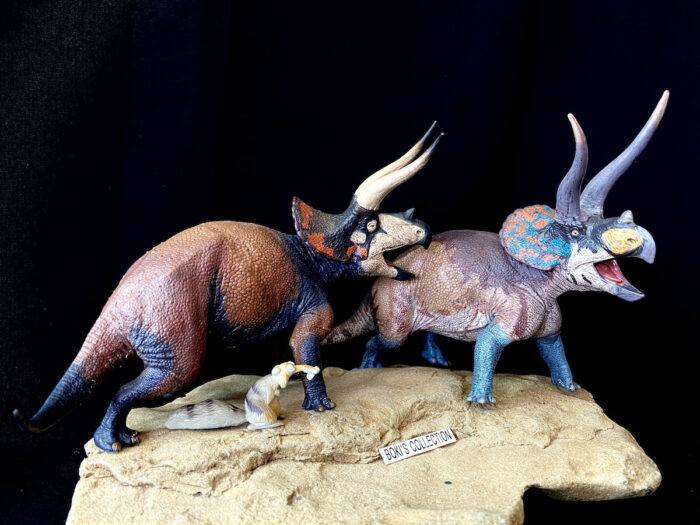Behold! Eofauna’s newest release is the towering hornless rhinoceros, Paraceratherium (formerly known as Indricotherium and Baluchitherium).
This 1:35 scale Hercules will be coming out in early 2026.

The mating season has come around once again. The bees are buzzing, the birds are chirping, and Clock is positively champing at the bit. For days, he roamed the bluffs in a fruitless search for a female. He failed to mate at all last season and his increasing desperation has now driven him to descend deep into the forest.

For the first time in their history, Eofauna will be releasing a grand total of three toys next year. Check out this Columbian mammoth!
Very nice. The distinct lack of fur (save for perhaps a little on the cranium, it’s hard to tell) makes it stand out from Eofauna’s first proboscidean, the steppe mammoth.

Diplodocus is without question one of the most famous dinosaur species, not least because its history goes a fair way back in the science of paleontology. In 1877 Samuel Wendell Wilson in company of his mentor Benjamin Franklin Mudge led an expidition for Othniel Charles Marsh (this name may ring a bell with a much wider range of people) and discovered first fossils of Diplodocus.

North America in the late Cretaceous was home to some of the most famous and iconic dinosaurs. Here, in the vast landscape, huge herd of the most famous ceratopsian, Triceratops, congregated in their annual mating season.Triceratops in huge numbers dominated the landscape as other dinosaur gave way, perhaps overwhelmed by the shear number of the loud and boisterous groups.